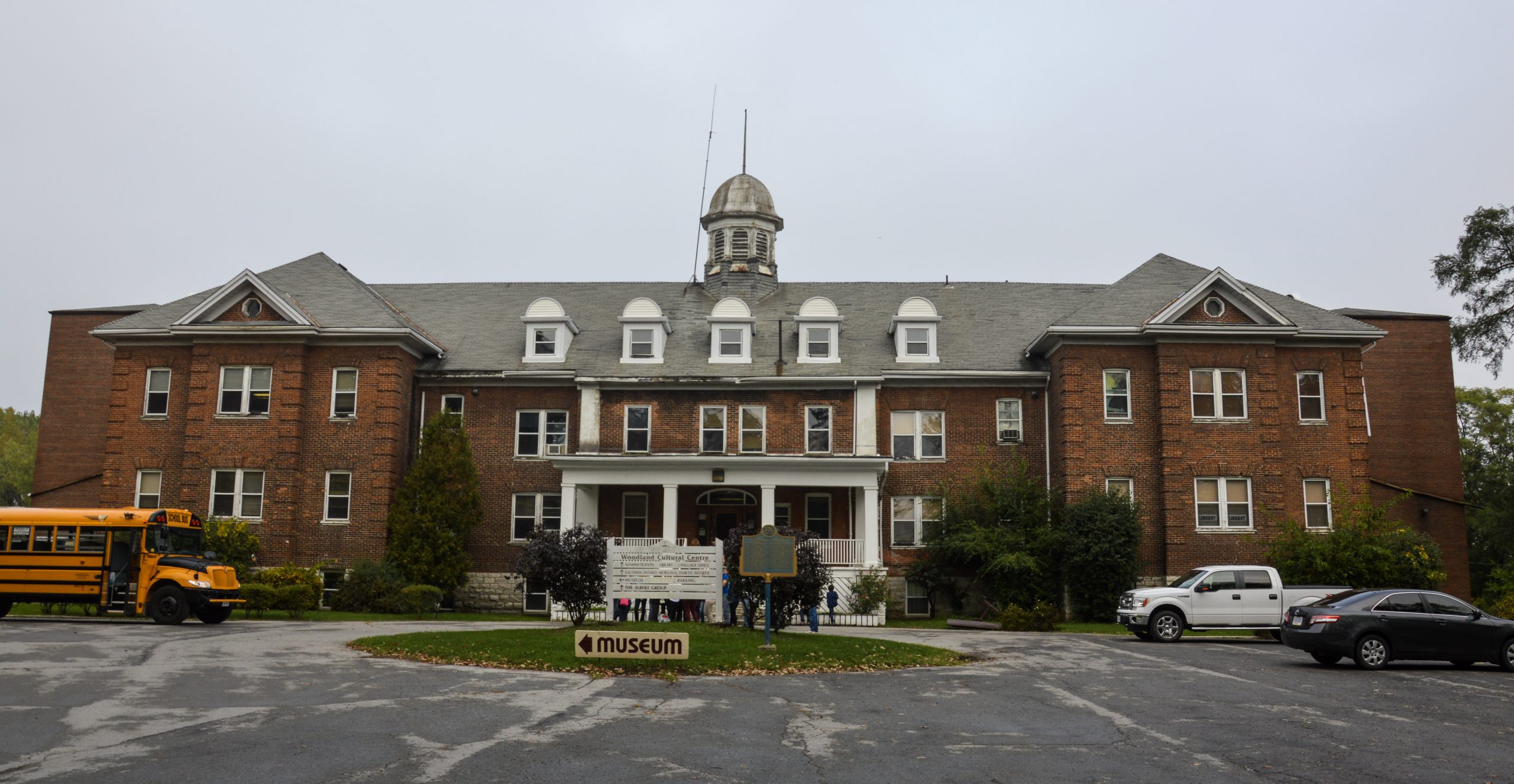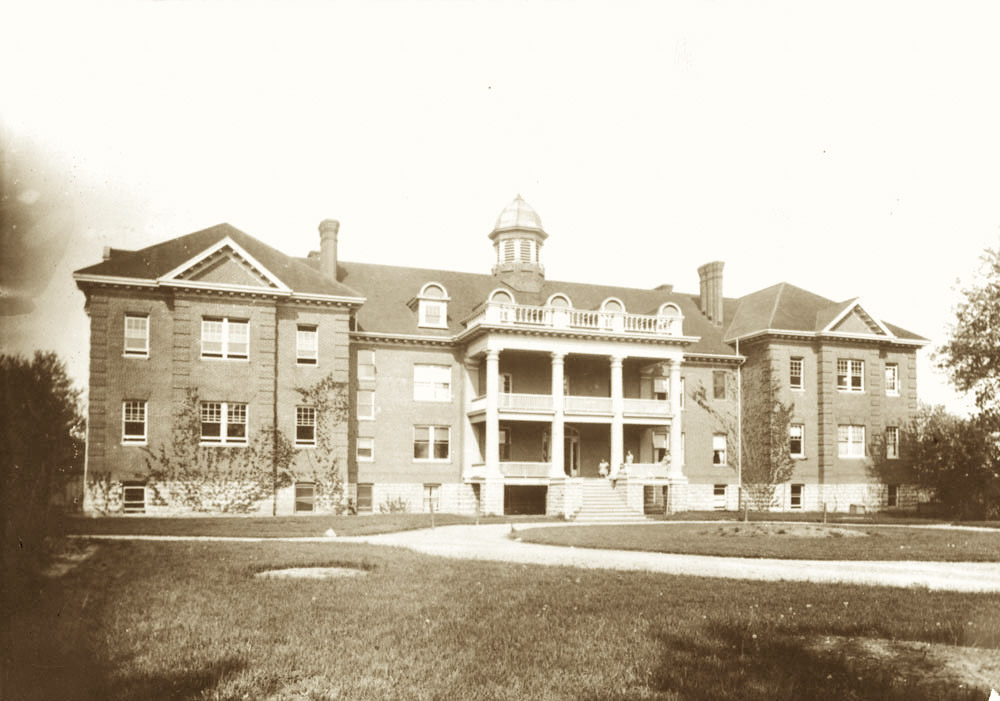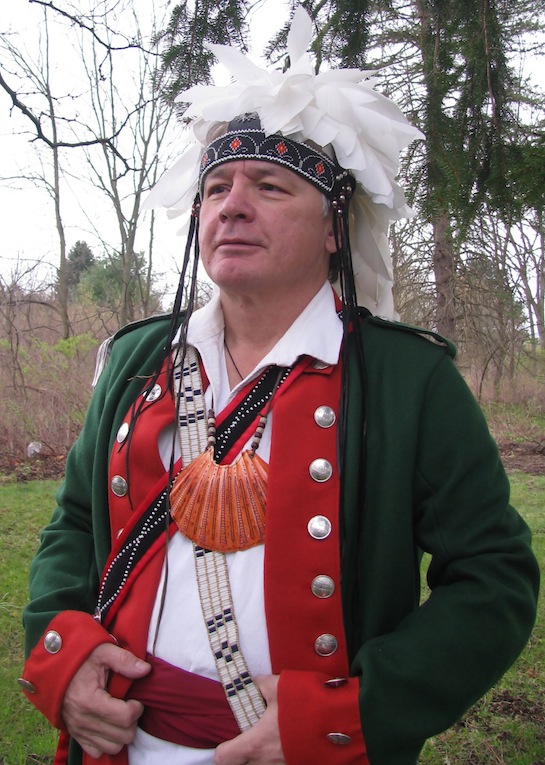Indianz.Com > News > Doug George-Kanentiio: The horrors of the Mohawk residential school

Our Mohawk Councils Failed to Protect the Residential School Children
Monday, June 14, 2021
Where once the Mohawk Nation exercised its authority over 11,000,000 acres of territory from the St. Lawrence River to the Delaware, a land which included all of the magnificent hunting grounds of the Adirondack Mountains, a region of beauty and natural riches, occupied by a people of power and influence whose technologies and philosophies forever changed the world-these people of strength, intelligence and confidence-now diminished to a condition in which they willfully surrendered their children to the horrors of the residential-boarding school system.
We as Mohawks on the Akwesasne territory located 100 km southwest of Montreal knew nothing of our remarkable heritage when we were students at the St. Regis Catholic School. The Sisters of St. Anne and the parish priest, a Mohawk Jesuit, impressed upon us the oppressive guilt because, they alleged, our ancestors had burnt, clubbed or tortured to death nine Catholic priests and laypersons-the North American Martyrs and only by the act if submission were were saved from eternal damnation.
These teachings and attendant literature almost eclipsed the truth, We would learn later, through the intrepid work of Ray Fadden-Tenahatorens, a Mohawk instructor in a public school on the “American” side of the reservation that there was another version. 

Doug George-Kanentiio, Akwesasne Mohawk, is the
vice-president of the Hiawatha Institute for Indigenous Knowledge. He has served
as a Trustee for the National Museum of the American Indian, is a former land
claims negotiator for the Mohawk Nation and is the author of numerous books and
articles about the Mohawk people. He may be reached via e-mail at:
Kanentiio@aol.com or by calling 315-415-7288.
Search
Filed Under
Tags
More Headlines
Indian Country continues fight for funds promised by the U.S. government
Haskell Faculty: Trail of broken treaties continues with mass terminations at tribal college
Georgia Recorder: Judge extends hold on President Trump’s funding freeze
Native America Calling: Traditional Indigenous instruments
Bureau of Indian Affairs turns to new technology to help solve missing and murdered cases
Native America Calling: Tribal broadcasters brace for federal funding fight
Native America Calling: Assessing current health threats to Indian Country
‘I am finally going home’: Leonard Peltier released from prison after nearly five decades
NAFOA: 5 Things You Need to Know this Week (February 18, 2025)
Chuck Hoskin: Cherokee Nation supports our artists
Native America Calling: Native activism marks victory with Leonard Peltier’s release
Native America Calling: What Indigenous people in Greenland really want
Native America Calling: Traditional love stories
RECAP: National Congress of American Indians continues big meeting in DC
Native America Calling: Honoring artists who demonstrate community spirit
More Headlines
Haskell Faculty: Trail of broken treaties continues with mass terminations at tribal college
Georgia Recorder: Judge extends hold on President Trump’s funding freeze
Native America Calling: Traditional Indigenous instruments
Bureau of Indian Affairs turns to new technology to help solve missing and murdered cases
Native America Calling: Tribal broadcasters brace for federal funding fight
Native America Calling: Assessing current health threats to Indian Country
‘I am finally going home’: Leonard Peltier released from prison after nearly five decades
NAFOA: 5 Things You Need to Know this Week (February 18, 2025)
Chuck Hoskin: Cherokee Nation supports our artists
Native America Calling: Native activism marks victory with Leonard Peltier’s release
Native America Calling: What Indigenous people in Greenland really want
Native America Calling: Traditional love stories
RECAP: National Congress of American Indians continues big meeting in DC
Native America Calling: Honoring artists who demonstrate community spirit
More Headlines